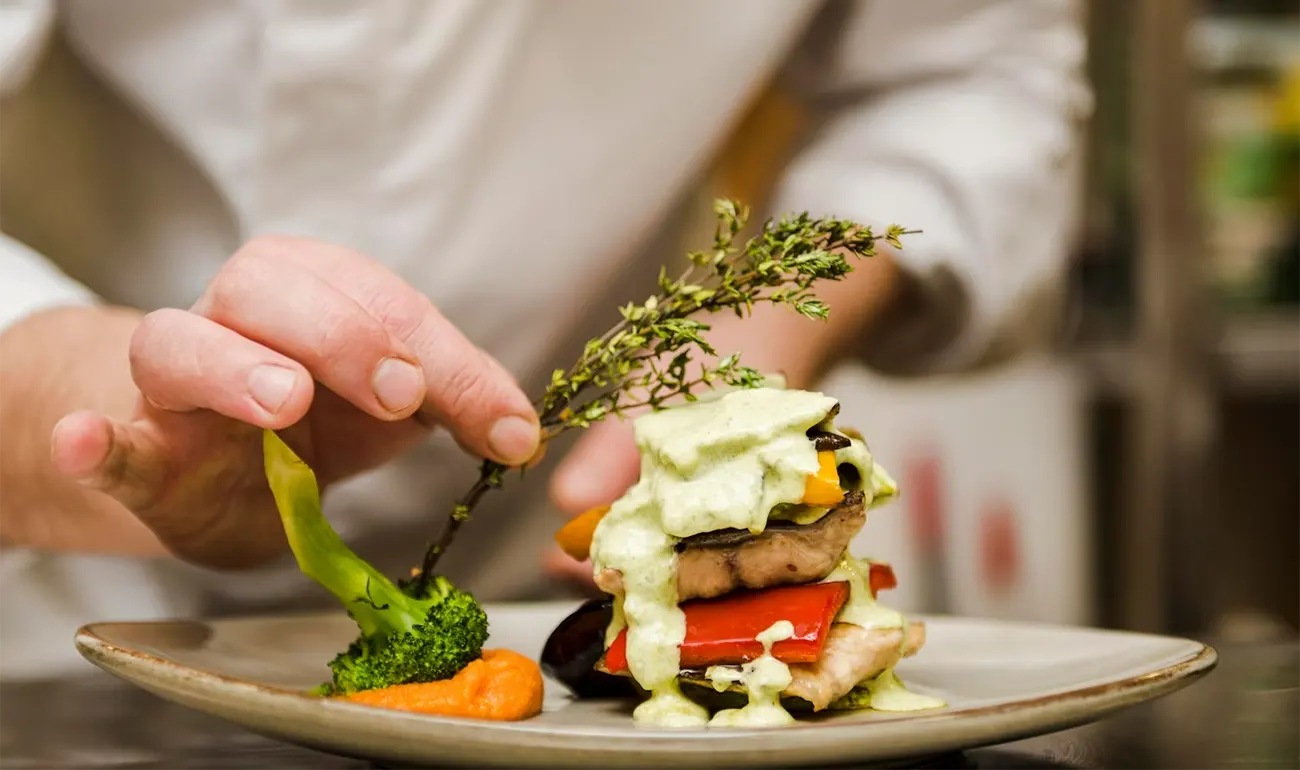Innovative Cooking Techniques That Will Elevate Your Culinary Skills
Are you tired of serving the same old dishes every week? Do you crave to impress your friends and family with mouthwatering creations that push the boundaries of traditional cooking? Look no further! In this article, we will delve into a world of innovative cooking techniques that are guaranteed to elevate your culinary skills to new heights. From molecular gastronomy to sous vide cooking, we will explore cutting-edge methods that will transform your kitchen into a laboratory of flavors and textures. By exploring new methods and staying updated on the latest trends, you can take your cooking to the next level. So why wait? Visit rightfoodpoint.com today to discover more about innovative cooking techniques and start elevating your culinary skills in no time.
Sous Vide:
Sous vide, a French cooking technique, has gained popularity in recent years for its ability to deliver perfectly cooked meats and vegetables. The method involves vacuum-sealing food in a plastic bag and then immersing it in a temperature-controlled water bath for an extended period of time. This slow-cooking process ensures that the food is cooked evenly and retains its natural flavors and juiciness.
- One of the main advantages of sous vide cooking is its precision. By controlling the temperature to within a degree or two, you can achieve consistent results every time. Whether you’re cooking a steak to medium-rare perfection or ensuring that your carrots are just the right tenderness, sous vide allows you to fine-tune your culinary skills with ease.
- In addition to precise cooking, sous vide also offers enhanced flavor development. Since the food is sealed in a bag, it’s able to marinate and cook in its own juices without any loss of moisture or flavor. This means that even tougher cuts of meat can become incredibly tender and packed with rich flavors after several hours in the water bath. Likewise, vegetables retain their vibrant colors and crisp textures while absorbing all the delicious seasonings infused into them during cooking.
Molecular Gastronomy:
Molecular gastronomy is more than just a cooking technique; it’s truly an art form that has revolutionized the culinary world. This innovative approach to food combines scientific principles with artistic creativity, transforming ordinary ingredients into mind-blowing creations. From the process of spherification, where liquid droplets are transformed into flavorful spheres that burst in your mouth, to using liquid nitrogen to instantly freeze and shatter delicate desserts, molecular gastronomy takes cooking to a whole new level.
One of the most fascinating aspects of molecular gastronomy is how it challenges our traditional notions of what food should look like. Plates become canvases for chefs to express their artistic vision and create stunning visual compositions. Ingredients are deconstructed and reconstructed in unexpected ways, creating intricate dishes that are not only a delight for the taste buds but also visually captivating. Just as artists use different mediums to bring their visions to life, molecular gastronomists use unconventional techniques and tools such as foams, gels, and syringes to craft edible masterpieces.
Fermentation:
Fermentation has long been used as a method of preserving foods, but its impact on flavor enhancement is often overlooked. By harnessing the power of naturally occurring bacteria and yeast, fermentation can transform ordinary ingredients into complex and deeply flavorful dishes. Take kimchi, for example—an iconic Korean dish that undergoes a lengthy fermentation process. The result is a tangy and pungent condiment that adds depth to any meal.
But it’s not just vegetables that benefit from fermentation. Even dairy products like cheese and yogurt can be elevated to new heights through this ancient technique. During the fermentation process, enzymes break down complex sugars into simpler forms, resulting in unique flavors and textures. This transformative effect is why aged cheeses have such rich flavors compared to their fresh counterparts.
Smoking And Grilling:
One of the most exciting and rewarding cooking techniques to explore is smoking and grilling. Not only does it add a smoky flavor to your food, but it also imparts a depth and complexity that you can’t achieve with other cooking methods. Whether you’re using a charcoal grill or a dedicated smoker, these techniques allow you to experiment with different wood chips and seasonings, creating unique flavors that will keep your taste buds longing for more.
Smoking and grilling also offer versatility in terms of the ingredients you can cook. From ribs and brisket to vegetables and even fruit, there’s no limit to what you can smoke or grill. The slow cooking process allows the flavors to develop over time, resulting in tender meat with a melt-in-your-mouth texture. Additionally, the natural sugars in fruits caramelize on the grill, intensifying their sweetness and providing a delightful contrast to savory dishes.
Dehydrating:
Dehydrating food is a remarkable technique that has been used for centuries to preserve and concentrate flavors. But it’s not just about preservation anymore; dehydrating can also create unique textures and intensify the taste of ingredients. By removing all the moisture from fruits, vegetables, meats, and even dairy products, you can achieve incredible results that are sure to wow your guests.
When foods are dehydrated, their natural sugars become more concentrated and their flavors become more pronounced. This means that when you bite into a dehydrated strawberry or pineapple slice, you’ll experience a burst of sweetness unlike anything you’ve ever tasted before. And it’s not just fruits that benefit from this process; savory items like mushrooms or tomatoes become intensely umami-rich when dried, giving them an incredible depth of flavor.
Conclusion:
In conclusion, expanding your culinary horizons through innovation is a thrilling and rewarding journey. It allows you to break free from the constraints of traditional cooking methods and explore new possibilities. By embracing innovative techniques, you can elevate your culinary skills to new heights and surprise your taste buds with unique flavors.
One of the key benefits of experimenting with innovative cooking techniques is the opportunity to create visually stunning dishes. Techniques like molecular gastronomy and food styling enable chefs to transform ordinary ingredients into edible masterpieces that are as delightful to look at as they are delicious to eat. This not only enhances the overall dining experience but also opens up endless creative possibilities in terms of presentation.
Furthermore, innovation in the kitchen also allows for healthier cooking options. With modern techniques such as sous vide or air frying, you can enjoy flavorful meals without compromising on nutrition. These innovative methods help retain the natural juices and flavors of ingredients while minimizing added fats or oils, resulting in meals that are both tasty and nutritious.
Overall, expanding your culinary horizons through innovation not only adds excitement to your cooking but also helps you discover new tastes, textures, and presentations that will leave a lasting impression on anyone who sits down at your table. So why not embrace creativity in the kitchen? Step out of your comfort zone, try something new, and watch as your culinary journey takes flight!




Post Comment